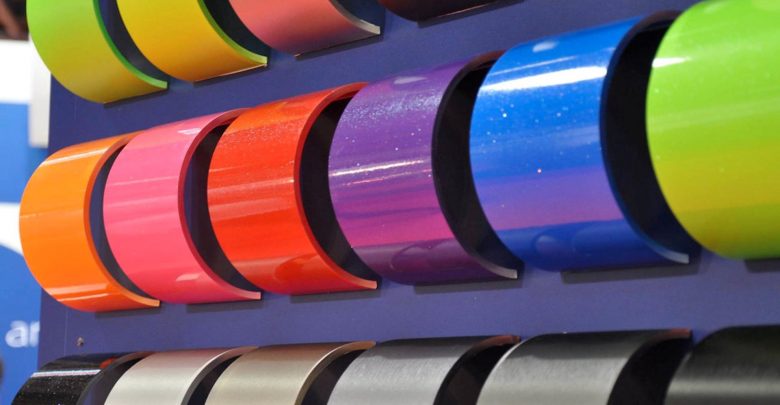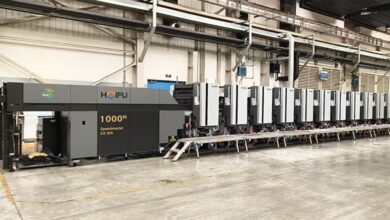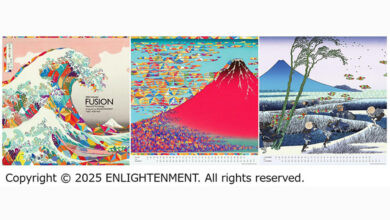Mactac Launches New Peel and Reseal Labelling Products

Now offering more solutions for reclosure label applications, Mactac Performance Adhesives Group has launched a new line of peel and reseal labelling products. Mactac’s new Relatch portfolio features the company’s innovative peel and reseal adhesives, which help package designers meet consumers’ needs for the convenience reclosure technology provides. This new portfolio of film facestocks and specially engineered adhesives are ideal for demanding household, personal care and food packaging applications where packaging is opened and closed multiple times, creating a more economical, user-friendly open-close packaging experience.
“Our new Relatch portfolio was formulated specifically for convenient, easy-to-use open-close cycling of flexible packaging,” says Kim Hensley, marketing manager, Mactac Performance Adhesives. “The unique properties of the adhesives create a high-performance resealable / reclosable label that offers excellent functionality. Users simply pull back the label to reveal the contents of the container, then, reseal it to preserve the product inside for later use. In food packaging applications, for example, our new peel and reseal labels help ensure food stays fresher, longer.”
Relatch portfolio constructions include two types of acrylic adhesive based on seal strength (MP820 and M183A). Both adhesive options offer a smooth and quiet peel, non-water whitening adhesive, excellent clarity and resistance to moisture, solvents and oils. The adhesives pair with a selection of semi-conformable films including a 2.3-mil white polypropylene film, 3.1-mil white polypropylene film and a 2.0-mil clear polypropylene film. The films are backed with a 1.2-mil polyester liner and top-coated for superior printability, creating an aesthetically pleasing label that enhances a manufacturer’s brand.






49 Comments